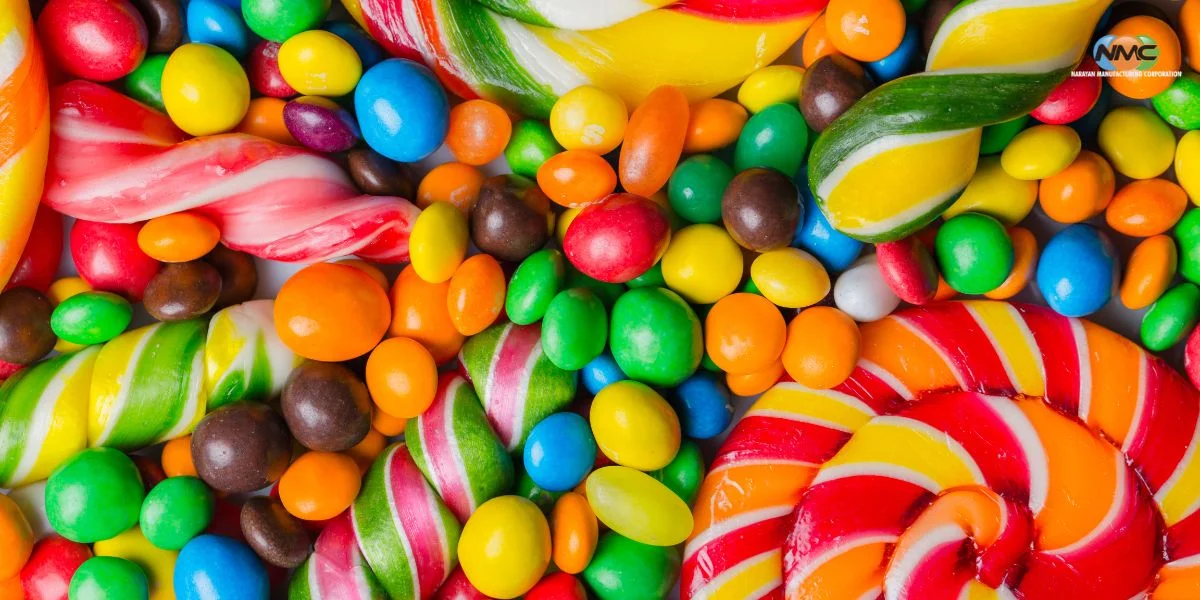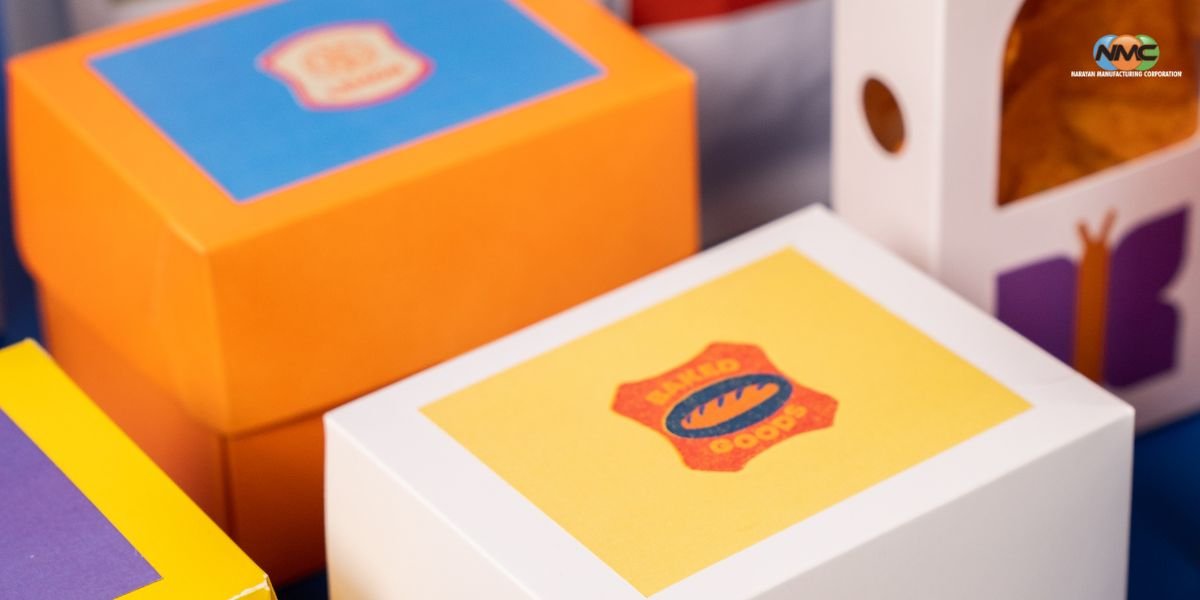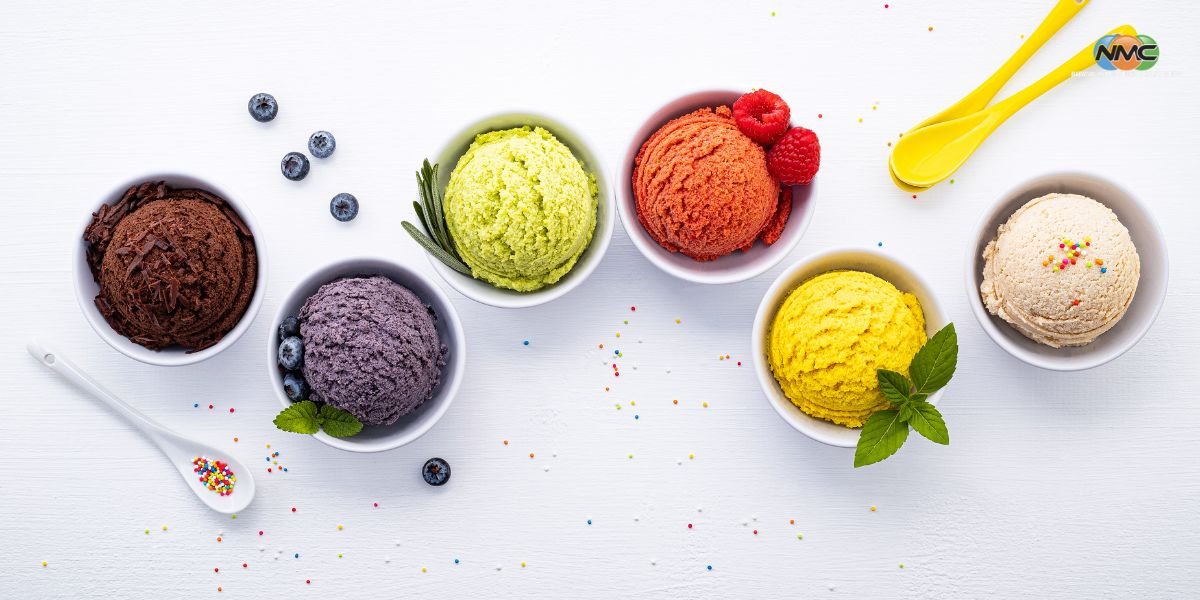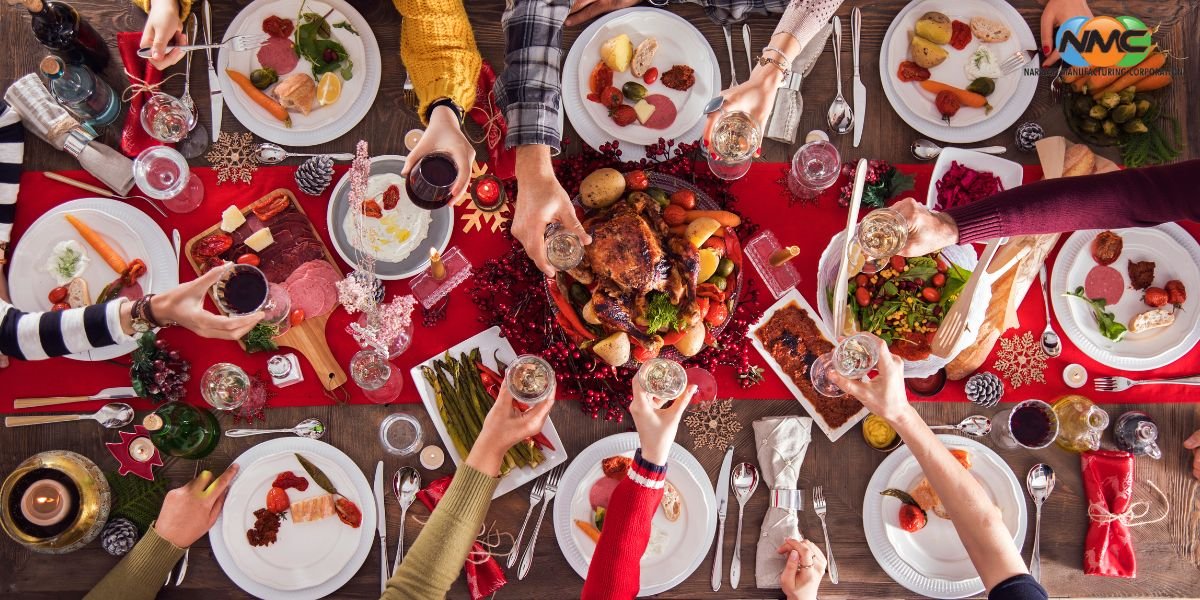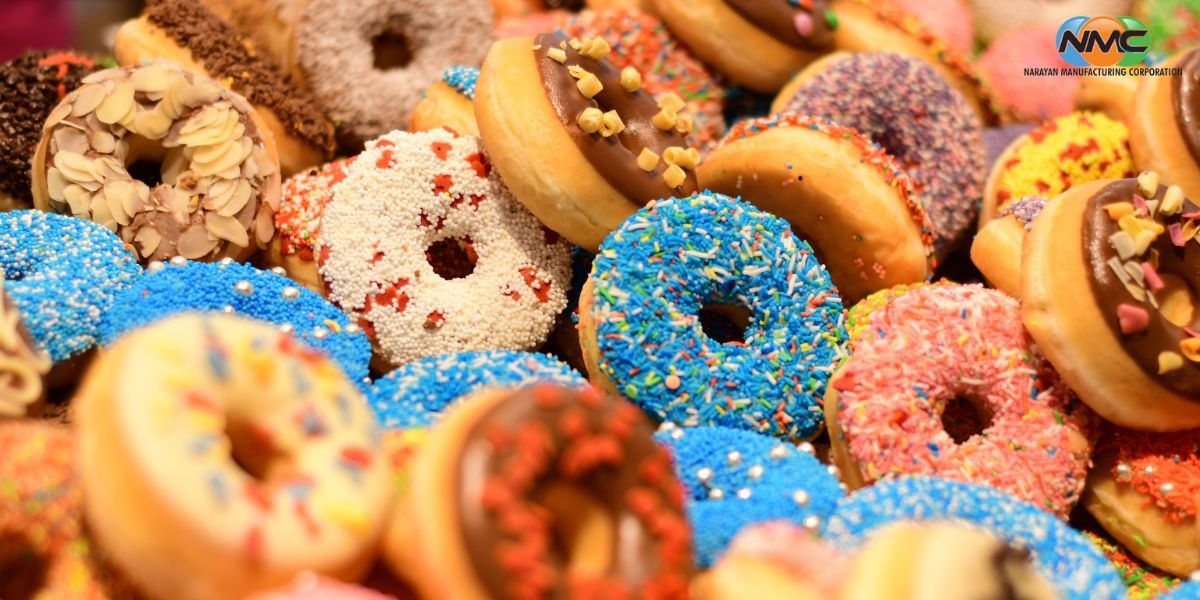When it comes to food, our senses play a crucial role in shaping our perception and enjoyment. While taste and aroma are vital, the visual appeal and texture of food significantly influence how we experience it. The combination of color and texture creates an immersive sensory experience, affecting not just consumer preferences but also the overall perception of quality and flavor. Let’s dive into how these two elements interact and shape the way we enjoy food.
1. The Psychological Impact of Color on Texture Perception
Color sets the first impression of any food product. Studies suggest that the visual perception of color influences the expected texture of a food item even before consumption. For example:
- A bright yellow banana is expected to be ripe and soft, while a green one suggests firmness.
- Darker chocolate hues may indicate a richer, denser texture, while lighter tones are associated with a creamier consistency.
- A deep red steak appears juicier and more tender, whereas a pale steak may seem dry and tough.
2. The Role of Food Coloring in Enhancing Texture Experience
Manufacturers use food coloring to align visual appeal with expected textures, ensuring consistency in consumer expectations. Some key applications include:
- Baked Goods: Golden-brown hues on bread and pastries signal a crisp, well-cooked texture.
- Dairy Products: Creamy whites in yogurt and soft cheeses enhance perceptions of smoothness and richness.
- Confectionery: Vibrant, glossy coatings on candies indicate a crisp outer layer, while pastel shades may suggest a soft, melt-in-the-mouth experience.
3. Case Studies: How Texture and Color Work Together
- Ice Cream & Frozen Desserts: Deep chocolate brown suggests a richer texture, while pastel colors indicate light, airy flavors like mint or strawberry.
- Carbonated Drinks: Darker colas are perceived as more robust in flavor, while light-colored sodas give an impression of a refreshing, crisp taste.
- Snack Foods: Bright orange cheese puffs are expected to be crunchy, whereas a lighter color suggests a milder flavor and softer texture.
4. Consumer Expectations and Sensory Experience
Food companies invest heavily in ensuring that color accurately reflects texture to meet consumer expectations. If a product’s texture does not match its visual appeal, it can lead to disappointment. For example:
- A soft drink that appears cloudy may be perceived as thicker or less refreshing.
- A brightly colored candy that lacks crunch could feel unsatisfying.
5. The Future of Color and Texture in Food Innovation
With advancements in food science and technology, companies are now using natural colorants, encapsulated flavors, and texturizing agents to create multisensory experiences. The interplay between color, texture, and even temperature-changing properties is driving the future of food product innovation.
Conclusion
The connection between texture and color is an essential part of how we experience food. By aligning visual appeal with texture expectations, food manufacturers can enhance consumer satisfaction and create delightful eating experiences.
At NMC Food Colors, we provide high-quality food coloring solutions that not only enhance the aesthetic appeal of food products but also complement their texture, ensuring a perfect balance of sight and sensation.





